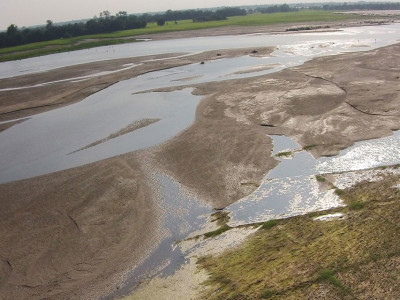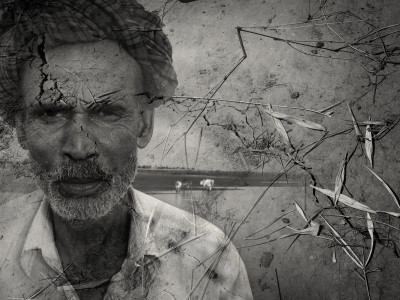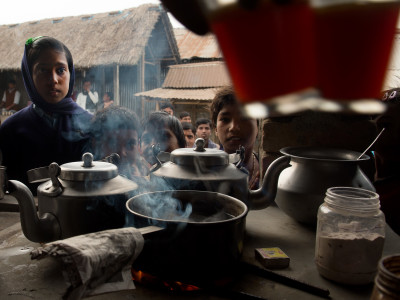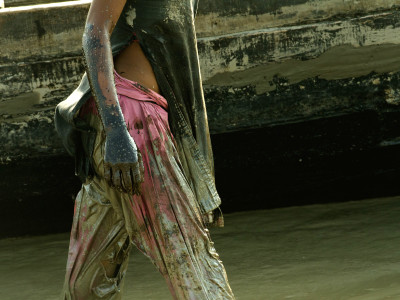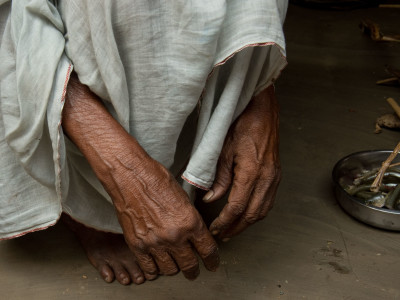“The government is blind!” a sharp voice rang out.
Buy Ambien Online Without Rx My eyes searched the crowd till I found the young man. He stood with a machete in his hand, a torn white sleeve hanging limp off his arm. A chiseled face flushed red, sad eyes.
https://www.socialskills4you.com/skill/cajowuf/ 12:30 pm: The first midday meal had been served in the Lower Primary School, Rekha Chapori, Upper Assam, when the dyke began to crack.
The river came rushing through the village. It took homes, homesteads, farms, a hospital, the school. Only one bench from the school was spared. The alert headmaster of the school had noticed the crack and had rushed the kids to higher ground.
https://www.socialskills4you.com/skill/noguxucem/ He saved 80 lives that day. 21 other families were not so lucky.
The embankment that breached was built decades ago and forgotten by the government. It had weakened. The Brahmaputra followed the innate nature of water. Pushed back by dykes and constrictions for the Bogibeel bridge downstream, it carved a path of least resistance. In this case, past a misplaced embankment left to weaken over time.
Assam alone has 4,400 km of old dykes. Some over 60 years old. Living out afterlives, way beyond their 25 year lifespan. Weakened, eroded, tired, more than ready to give way.
10Mg Diazepam For Sale Experts believe that more devastation from swollen rivers have been caused because of these dykes than if they were not to be there. Dykes are supposed to protect populations from flooding. What they have succeeded in doing is provide a false sense of security.
How? Entire villages huddle in their shadow, secure in the government’s assurance that the river raging beyond will not touch them. But neglect and age, and interventions like dykes to protect bridges downstream obstruct natural flows of the river and put immense pressure on already weak structures. They breach. The swollen waters race and swallow whole villages.

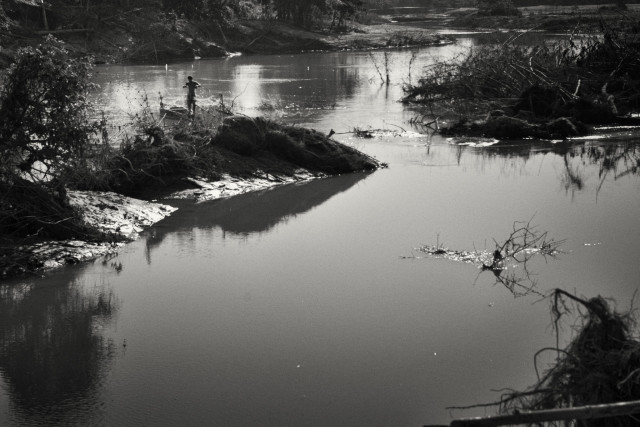
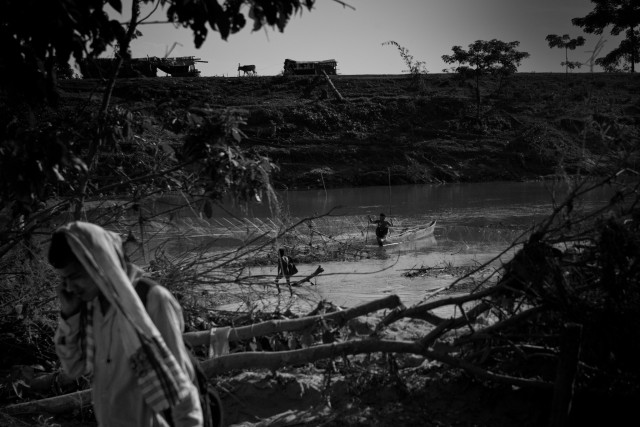
],[https://www.peepli.org/wp-content/uploads/2015/05/rekha_thatch-1000x667.jpg,(medium)],[https://www.peepli.org/wp-content/uploads/2015/05/rekha_thatch-1600x1066.jpg,(large)])
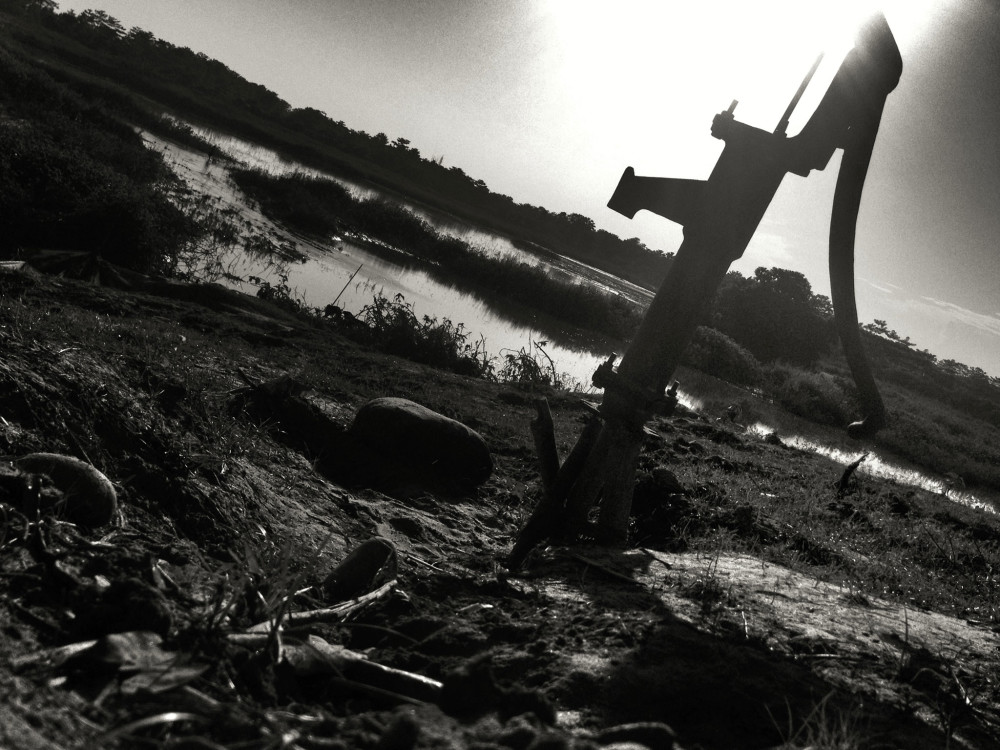
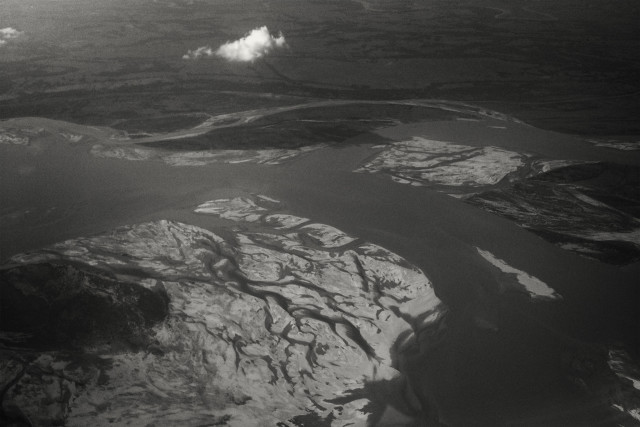
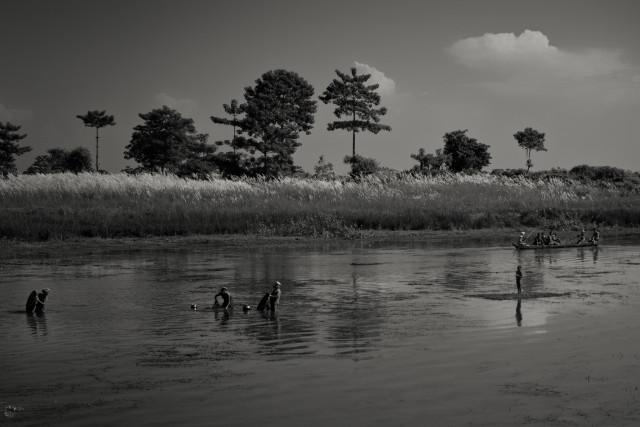
“Look around you. You see how we live?” The young man pointed to the opposite side of a new river.
https://healthybalancebowentherapy.com/work/rubadah/ “See those houses?” A clutch of bamboo mat walls topped with plastic tarps rode the top of what was left of the embankment. “Have you any idea how hot it gets under that plastic?” Traditional Mishing houses are built on stilts with kair grass thatches for roofs that keep the searing summer sun out. It stays dark and cool inside. Now orphaned stilts poked out of dunes into the hot trembling air.
Buy Tramadol Online Shipping The river had brought sand and smothered the fertile floodplains burying high- stilt-riding windows in an inert desert. Kitchen gardens that are the mainstay of Mishing self-sufficiency were plastered with several feet of heavy wet grey sand. Nothing will grow here for a decade.
The families that had scrambled out alive lived now with the remains of the day: some dead stumps of arecanut trees, a few bamboo mats, and plastic tarp-kilns of blue and yellow and orange. I peeked into a hastily pitched house. There was nothing inside except a kettle.
Paddy fields, plantations, kitchen gardens, and whole houses — two to three lakhs worth — all gone with the water.
The young man, Suseel Kuli, had lost everything.
What will he do? How will all these families eat? There is likely not enough fish for everyone, but the women will go find as much as they can in beels (wetlands) and the men will hunt fish in the new river. Essential protein to sustain themselves. There will be barely any to sell for income.
There is no access to clean water on the dykes. One misplaced hand pump coughs up brown mud and fish.
What about rice? Vegetables? All that their now-sand-smothered fields and gardens gave them? The men wave their hands in the direction of Dibrugarh, the nearest big town. They’ll have to find something, work as cheap labor, earn meager daily wages, so that they may eat.
What does the government give?
“35,000. They will give us up to 35,000 for our lakhs and livelihood lost. And even that will come after two years.”
No one knows if the government will ever strengthen this embankment or thousands of miles of others across the state of Assam.
Order Clonazepam Online Without Prescription Sometimes, the river is not what devastates areas, it is what we do to a river that does.
],[https://www.peepli.org/wp-content/uploads/2015/05/rekha_suseelkulifamily-1000x666.jpg,(medium)],[https://www.peepli.org/wp-content/uploads/2015/05/rekha_suseelkulifamily-1600x1065.jpg,(large)])



